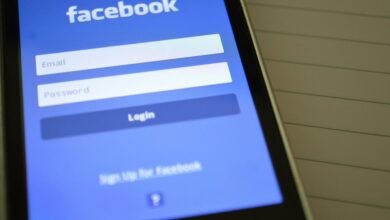20267498 Tracing Call Patterns and Mobile Number Origins

Tracing the call patterns and origins of mobile numbers, such as 20267498, involves a systematic examination of communication behaviors. Advanced technologies, including GPS and network triangulation, facilitate precise location identification. This process is essential for optimizing outreach strategies and ensuring accountability. However, it also raises significant concerns regarding data privacy. The balance between effective communication and user privacy remains a critical challenge in today’s digital landscape. What implications does this hold for users and businesses alike?
Understanding Call Patterns
Numerous studies have revealed that understanding call patterns is crucial for analyzing communication behaviors and trends in mobile telephony.
Call frequency combined with geographic analysis allows researchers to identify regional communication trends, delineate user behavior, and understand the socio-economic factors influencing telephony.
This data-driven approach offers insights that empower individuals to make informed decisions regarding their communication practices and potential outreach strategies.
Technologies for Tracing Mobile Numbers
Advancements in technology have significantly enhanced the ability to trace mobile numbers, enabling precise identification of user locations and call origins.
Mobile tracking systems leverage GPS and network triangulation for accurate location data, while caller identification technologies analyze metadata to ascertain caller information.
These innovations provide valuable tools for law enforcement and businesses, ensuring accountability in communication while respecting individuals’ autonomy and privacy rights.
Importance of Data Privacy in Call Tracing
While the ability to trace mobile calls brings substantial benefits for security and accountability, the importance of data privacy in this context cannot be overstated.
Data protection measures must align with privacy regulations to safeguard personal information. Ensuring compliance with these regulations not only protects users from potential misuse but also fosters trust in call tracing technologies, balancing surveillance and individual freedoms effectively.
Implications for Users in a Digital Age
As society increasingly relies on mobile communication, the implications for users in a digital age become more pronounced, particularly regarding privacy and security.
User behavior reveals a growing awareness of privacy concerns, prompting individuals to reassess their digital footprints.
Consequently, users must navigate the balance between connectivity and the safeguarding of personal information, ultimately influencing how they engage with mobile technologies.
Conclusion
In the intricate web of digital communication, tracing call patterns and mobile number origins, such as that of 20267498, serves as both a beacon of insight and a shadow of concern. As technology unfurls its wings, revealing user interactions and geographic influences, the dual-edged sword of data privacy looms large. Balancing the scales between business optimization and personal security is paramount, as society navigates the labyrinthine corridors of connectivity, seeking transparency while safeguarding the sanctity of individual trust.





